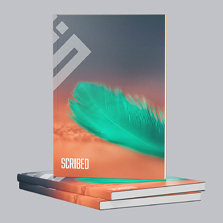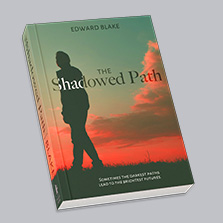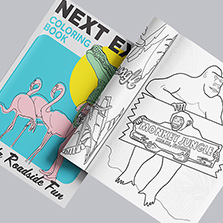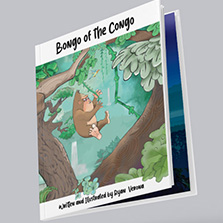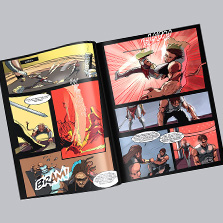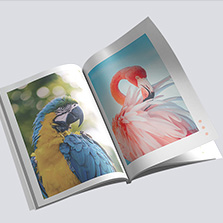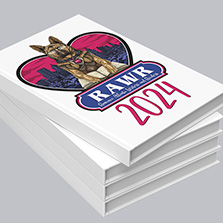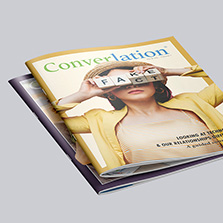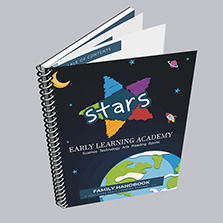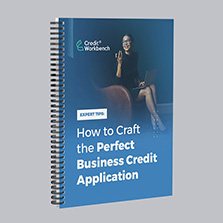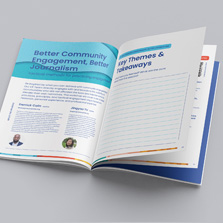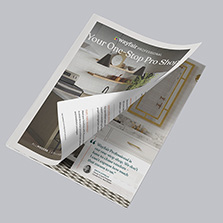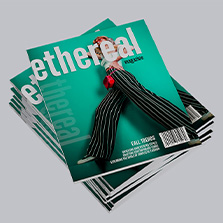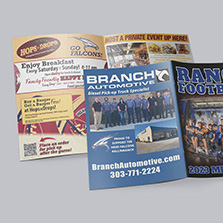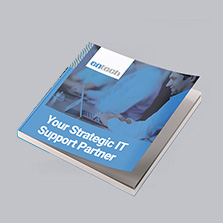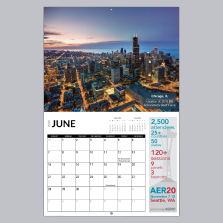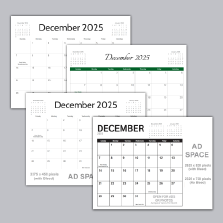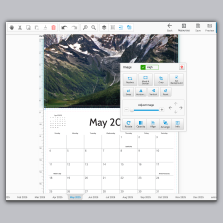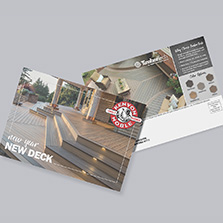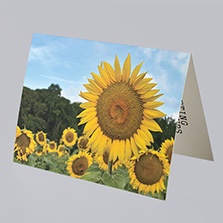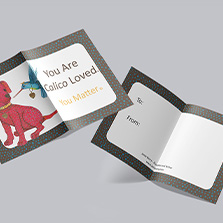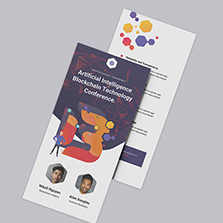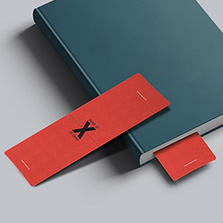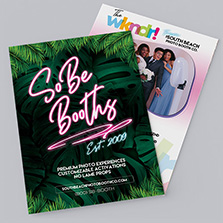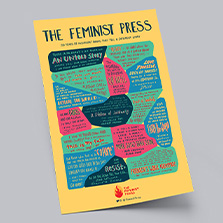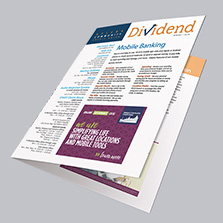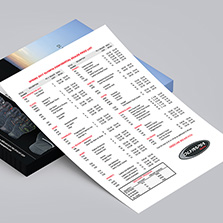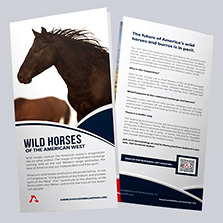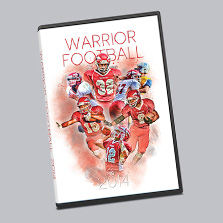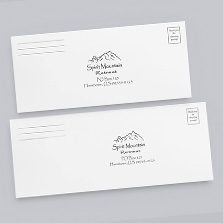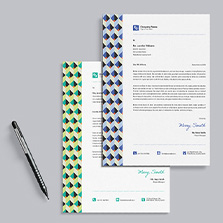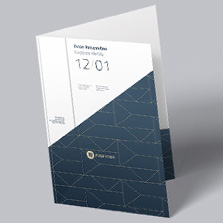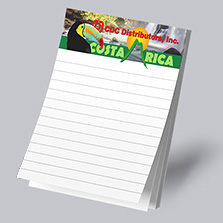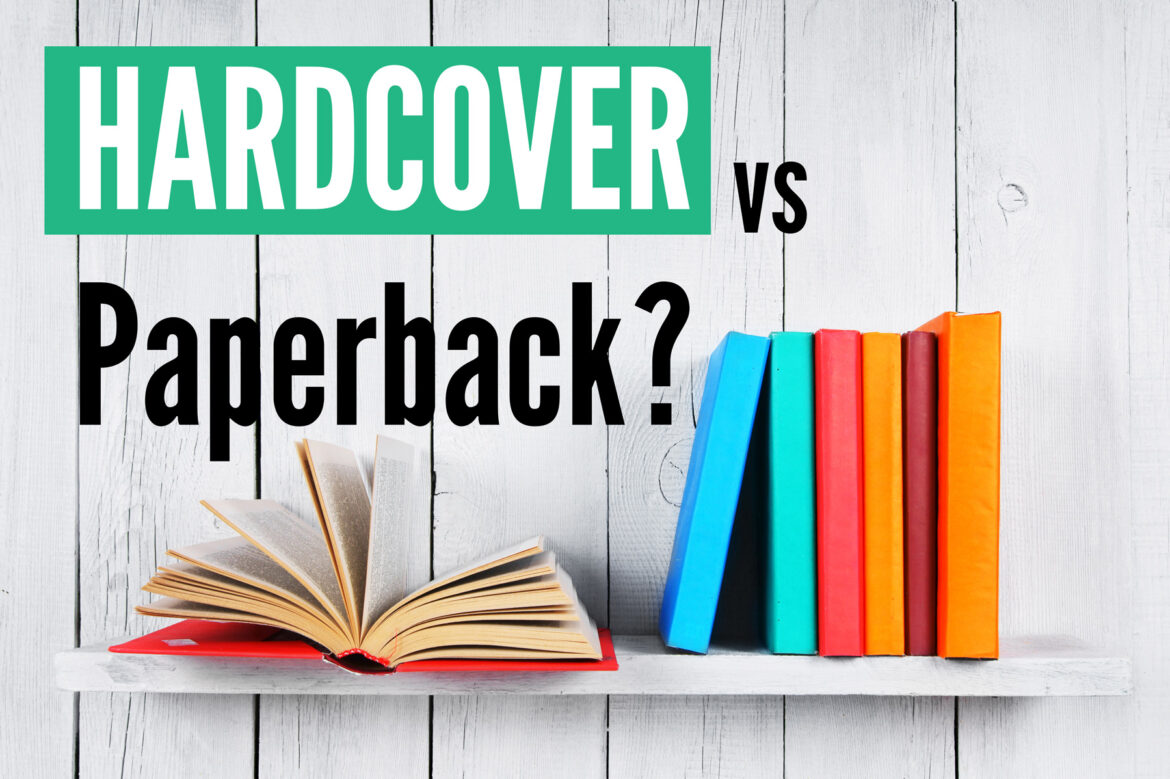
Hardcover vs Paperback: Which is Best for Your Book?
Picture this: after months, maybe even years, of pouring your creativity and effort into your book, it’s finally complete. Now, the crucial decision lays ahead: how will your book be presented to the world? The choice between hardcover vs paperback is not just aesthetic; it’s a methodical decision that considers cost, audience, and durability, among other factors. It’s where your creation, transforms into pages, and takes its final form to meet its readers. The debate, “hardcover vs paperback,” goes far beyond just being a choice; it’s about selecting a vessel that carries your message to the world, aligning with your vision, budget, and target readership. With both formats boasting their own sets of advantages and drawbacks, your decision will invariably sculpt your reader’s first impression and physical experience of your book.
Let’s take a journey through the ins and outs of custom book printing options, investigating each format’s pros and cons, and discover which finish will ultimately wrap your words in the perfect embrace.
Ensure your book makes a memorable impression with PrintingCenterUSA. Enjoy seamless, reliable book printing and a complimentary file review today!


Hardcover vs Paperback: The Tale of Two Covers
When it comes to choosing a format for your book, it’s not merely about picking between a sturdier or a lighter cover; it’s about making a strategic decision that could influence sales, expand readership, and perhaps even shape how your work is perceived in the literary world. So, let’s explore a concise overview of the “paperback vs hardcover” debate, starting our exploration with some intriguing statistics to provide a panoramic view.
Hardcover Books: The Durable Classic
Often praised for their durability and aesthetic appeal, hardcover books have long been associated with quality and tradition in the publishing sector. These robust books, with sturdy covers, tend to enjoy a longer shelf-life and often become cherished items on a reader’s bookshelf or notable gifts during the holiday season.
Paperback Books: The Accessible Companion
Conversely, paperback books have often basked in their reputation for being affordable and portable, usually favored by everyday readers and particularly popular among younger demographics and students due to these factors:
According to sales trends, paperbacks have historically outsold their hardcover counterparts, predominantly attributed to their lower cost and ease of handling. Within certain genres, notably mass-market fiction, paperbacks tend to outshine hardcovers in sales, presenting a preferred format for widespread distribution and accessibility.


Weighing the Pages: What are the Pros and Cons of Hardcover vs Paperback?
The terrain of “paperback book vs hardcover” is full of diverse considerations. From aesthetic appeal and durability to cost and portability, various factors drape each format in distinct shades of appeal. Let’s dissect the pros and cons embedded in each to sculpt a holistic perspective.
Hardcover: The Robust Contender
Pros:
- Durability: Hardcovers are typically more durable, offering better protection to the pages inside and enduring wear and tear with more grace.
- Aesthetic Appeal: Often regarded as more prestigious and collectible, hardcovers generally boast better quality in terms of paper, printing, and additional features like dust jackets.
- First Impressions: New releases, especially from established authors or anticipated series, often debut in hardcover, creating a sense of importance and urgency.
- Library and Collector Choice: The durability makes hardcover vs paperback book a preferred choice for libraries and collectors.
- Gift-Worthy: Their premium look and feel make hardcovers a popular choice for gifts or special occasions.
Cons:
- Cost: Are hardcovers cheaper than paperback? Hardcovers are almost always more expensive to produce and purchase compared to paperbacks.
- Portability: Their sturdy build makes hardcovers heavier and less travel-friendly.
- Availability: Some titles may only be available in hardcover during initial release phases.
Paperback: The Lightweight Champion
Pros:
- Affordability: Paperbacks are generally less expensive to produce and purchase, making them more accessible to a wider audience.
- Portability: The lighter weight and flexible cover make it convenient to carry around and read on-the-go.
- Broader Distribution: Often, paperbacks find wider distribution in various retail channels due to their affordability and popularity among readers.
- Earlier International Release: In some instances, international editions might be released earlier in paperback format.
- Variety: Often, once a paperback version is released, readers might find varied editions (like movie tie-ins) available.
Cons:
- Durability: Paperbacks are less durable and might show wear (like creased spines) more prominently.
- Perceived Value: They are sometimes perceived as holding less value or prestige compared to hardcovers.
- Delayed Release: New releases might initially only be available in hardcover.
In essence, hardcover books tend to align with durability, aesthetic appeal, and a premium vibe, while paperbacks champion accessibility, convenience, and affordability. As you weave through the tapestry of considerations, remember that each format narrates its own tale, catering to varied reader preferences and market segments.
Ensure your book makes a memorable impression with PrintingCenterUSA. Enjoy seamless, reliable book printing and a complimentary file review today!
Next, we’ll unravel the layers behind the pricing of hardcovers and paperbacks, exploring why these two formats often bear different price tags despite containing the same literary content within.


Unveiling the Price Tag – Why are Hardcovers More Expensive than Paperbacks?
Dive into any bookstore, and you’ll notice a palpable price difference when your eyes flicker between books – hardcover vs paperback editions of the same title. This divergence in pricing isn’t arbitrary but is rooted in various aspects related to production, material costs, market positioning, and consumer perception. Let’s peel back the cover and explore why hardcovers often come with a steeper price tag.
Material and Production Costs:
The journey of a hardcover book from manuscript to a physical entity entails a cascade of higher expenses at almost every production stage. The materials used – from the durable cover, often enveloped in a dust jacket, to usually higher-quality paper – demand a greater financial outlay. Additionally, the binding process for hardcovers is more intricate and labor-intensive, further hiking up the production costs.
Market Positioning:
Hardcover vs paperback are frequently positioned in the market as a premium product. When a new title is released, especially one that’s eagerly awaited, it often first appears in hardcover. This isn’t just a tradition but a strategic move by publishers to maximize revenue. Die-hard fans and libraries, who are typically less price-sensitive and more inclined towards durability and collectibility, are willing to pay a premium to get their hands on the new release first.
Perceived Value:
The aesthetic and tactile appeal of hardcovers enhances their perceived value. Whether it’s the crispness of a new dust jacket or the sturdiness that promises longevity, these physical attributes feed into a perception of enhanced worth, making consumers more amenable to a higher price point.
Durability:
As aforementioned, hardcovers are substantially more durable than their paperback counterparts. This robustness, coupled with the often superior aesthetic, leads to them being perceived as more ‘gift-worthy’ or collectible, further justifying the higher cost from a consumer standpoint.
In wrapping up this section, while the narrative within the covers remains unchanged, the tale told by the cover itself is one of varied production journeys, market strategies, and consumer experiences, all of which intricately weave into the pricing tapestry of hardcover vs paperback books.

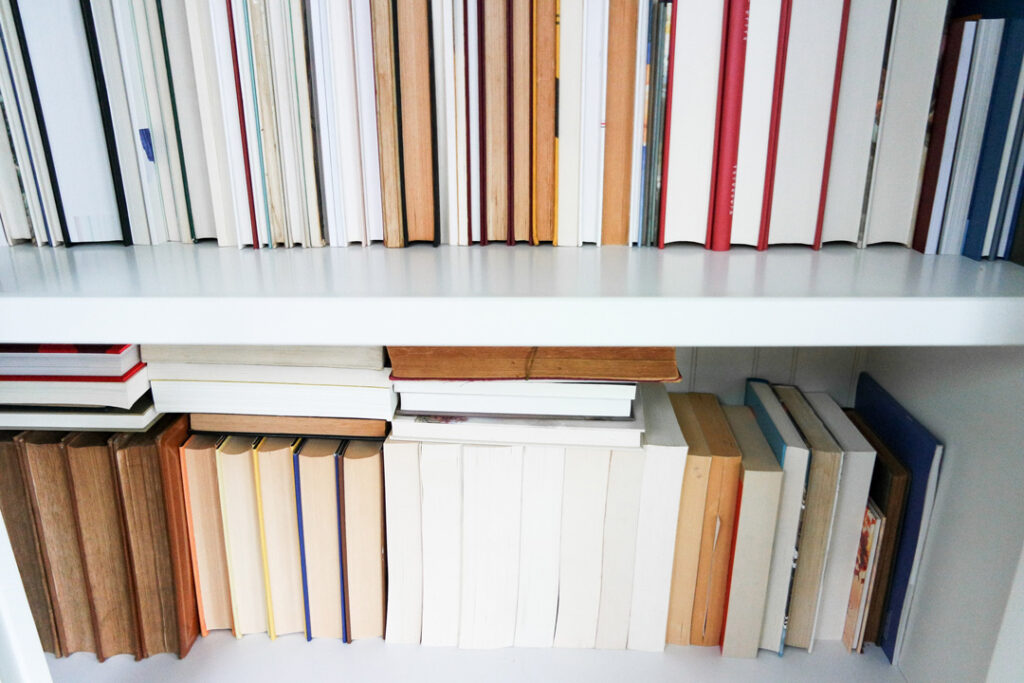
What are the Advantages of Paperback Books?
Paperback books have always been a popular choice for readers. One key reason is their affordability. Typically, they’re cheaper than hardcovers, which makes them accessible to a broader range of readers. They’re also widely available, allowing people from various demographics to enjoy a vast array of literature and knowledge.
Convenience and ease of handling are other notable benefits of paperbacks. They’re light and compact, making them easy to carry around, whether you’re commuting, traveling, or simply reading on the go. The soft and flexible covers are usually easier and more comfortable to handle, especially for extended reading sessions.
For students, the paperback format is often a practical choice. It’s easier to manage and carry, especially when dealing with multiple textbooks for different subjects. Additionally, paperback books tend to hit the market quicker due to faster production times, making new titles available to readers sooner than their hardcover versions. In summary, paperbacks bring a blend of affordability, convenience, and availability that appeals to readers and authors alike.
Whatever format your literary journey takes, remember that PrintingCenterUSA is here to assist you in bringing your stories to life, offering swift, effortless, and trustworthy book printing with a complimentary file review!
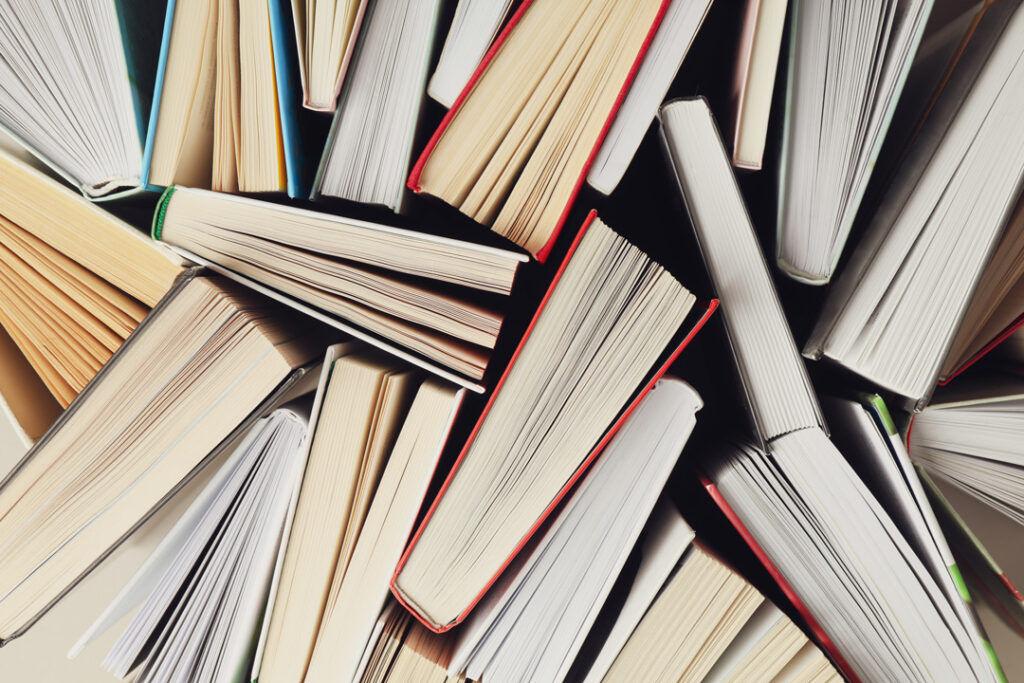

From the Pages of Experience: Customer Reviews
Take a look at the experiences of two customers who successfully translated their visions into tangible forms with PrintingCenterUSA.
A Seamless Process for a Personal Project – Paul
Paul endeavored to bring a short family history to life, threading moments and memories into a tangible form through a paperback book. Here’s his experience in his own words:
“Our project was a short family history, originally created in Word and saved out as a PDF. We ran the PDF through the online tool that checks for anything that would prohibit printing. It was such a nice feeling to know that everything was approved from a printing standpoint before ordering our copies. We received our finished product in about ten days, and it looked great. We couldn’t be happier!”
Finding the Perfect Balance in Book Formats – Elizabeth
Elizabeth envisioned a unique format for her book, somewhere in between the durability of a hardcover and the practicality of a paperback. Her reflections on the process:
“PrintingCenterUSA printed a gorgeous book for me. The quality of the pages is superb and the unique book cover is between paperback and hardcover and they executed that perfectly. I would definitely work with them again.”
Hardcover vs Paperback Conclusion – Crafting Your Story Your Way
Choosing between hardcover and paperback printing pivots on various factors, from budget constraints to aesthetic desires and target audience expectations. Both formats have their distinct advantages and potential drawbacks, each worth weighing as per the unique needs of your project. As you embark on your publishing journey, remember that each decision, from format to printing partner, shapes how your story is absorbed and treasured by readers.
With PrintingCenterUSA, your narrative is transformed into a physical entity, meticulously crafted, and checked, ensuring your words transition smoothly from manuscript to printed book. Whichever format you lean towards, may your story find its rightful place in the hands and hearts of readers across the globe.
Your words matter – choose wisely, print confidently.

